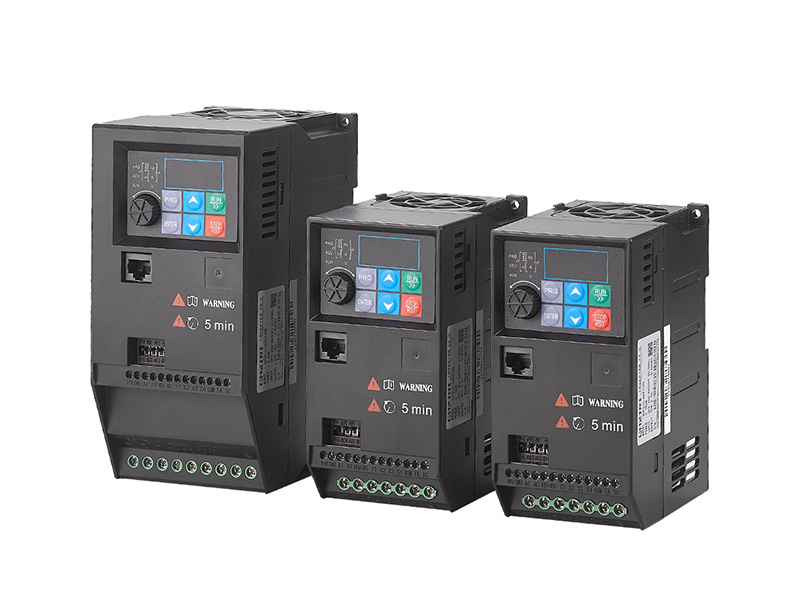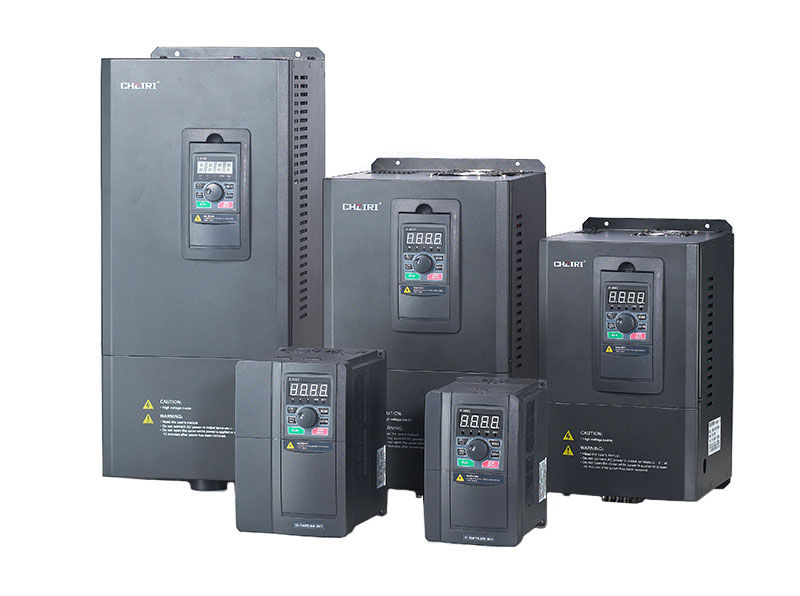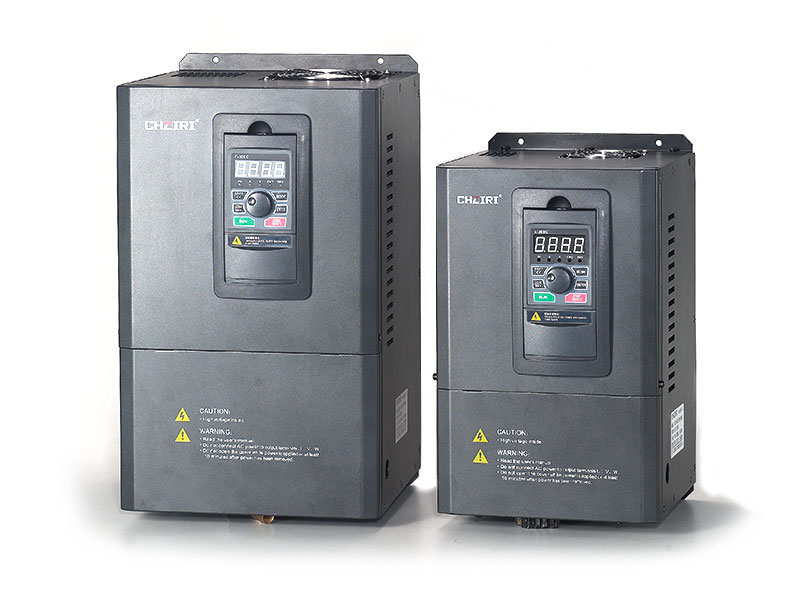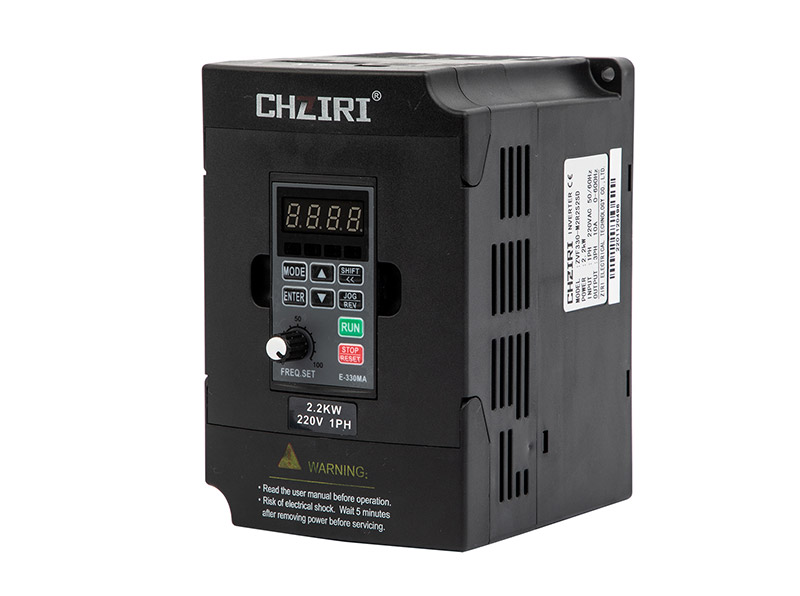Which Factors Should You Consider When Choosing a Frequency Inverter for Industrial Use?
Many industrial buyers feel unsure when picking a Frequency Inverter for their operations. With different models and technical terms around, it's hard to know where to start. This article breaks down the key, practical factors to focus on—no complex jargon—to help you make a smart choice that fits your needs.
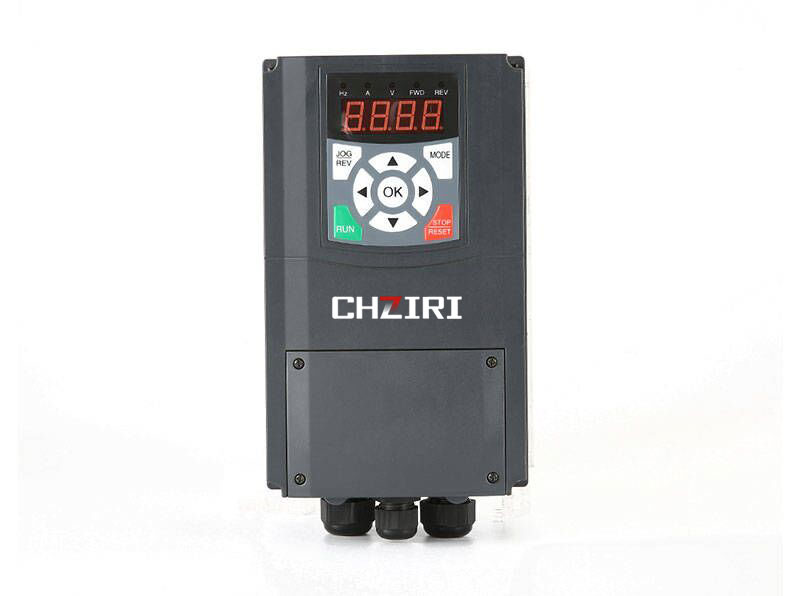
Match the Inverter to Your Load Type
The type of load your motor drives is the first thing to check. Not all loads work the same way: some (like conveyors or mixers) need a steady amount of torque (turning force) at all speeds, while others (like fans or pumps) use less torque as speed drops. Choosing an inverter that's designed for your specific load ensures it works efficiently and avoids overheating or damage. If you pick one that's not a match, you might end up with frequent breakdowns or wasted energy.
Check Voltage Compatibility with Your Motor
Voltage is a non-negotiable factor. Your Frequency Inverter must match the voltage of the motor it will control. For example, if your motor runs on 380V, an inverter made for 220V won't work—it could damage both the inverter and the motor. Always confirm the motor's rated voltage first, then select an inverter that matches. This simple step prevents costly mistakes and ensures safe, stable operation.
Consider the Operating Environment
Where you'll use the inverter matters a lot. If your workspace is dusty, humid, or has extreme temperatures (very hot or cold), you need an inverter built to handle those conditions. Inverters without proper protection in dusty areas can get clogged, leading to overheating. Similarly, humid environments can cause internal corrosion. Look for inverters with appropriate enclosures or protection ratings that fit your workplace's conditions—this extends the inverter's lifespan.
Think About Needed Control Features
Not every application needs the same control features. Some operations only require basic speed adjustment, while others need more precision (like maintaining a specific speed even when the load changes). Before choosing, ask: Do I need simple on/off and speed control, or advanced features like torque limiting? Picking an inverter with only the features you need avoids paying for unnecessary extras and keeps operation straightforward.
Conclusion
Choosing the right Frequency Inverter doesn't have to be complicated. By focusing on four key factors—matching the load type, checking voltage compatibility, considering the operating environment, and picking the right control features—you can select an inverter that works well for your industrial needs. These steps ensure efficiency, safety, and a longer lifespan for your equipment.
To explore Frequency Inverter options that align with these key considerations, you can visit our product page—where you'll find solutions designed to meet various industrial needs while adhering to the practical factors discussed here.

